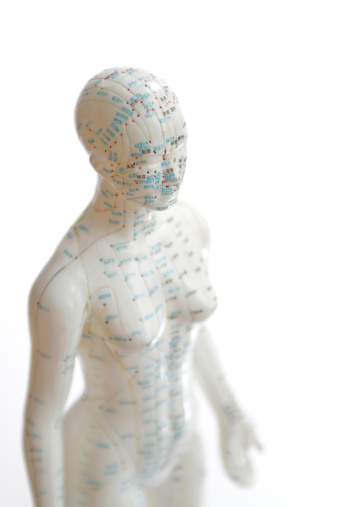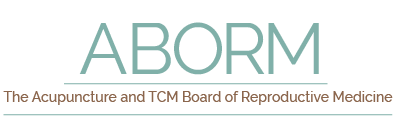Western Reproductive Medicine
- Western Reproductive Anatomy and Physiology: Female
- Western Reproductive Anatomy and Physiology: Males
- Western Reproductive Pathology and Differential Diagnosis for Infertility
- Diagnostic Methods: Imaging/Labs/Surgery/Indications
- ART: Indications/Procedures/Terminology/Medications
- Reproductive Immunology and Disorders
- Early Pregnancy/Miscarriage/Recurrent Pregnancy Loss/Gestational Disorders
- Ethical Guidelines: When to treat, when to refer, when to let go

TCM Reproductive Medicine
- TCM Reproductive Anatomy and Physiology: Females
- TCM Reproductive Anatomy and Physiology: Males
- TCM Reproductive Pathology/Causes of Infertility
- TCM Diagnosis and Disease Patterns related to Infertility
- TCM Treatment of Infertility Disease Patterns: Acupuncture
- TCM Treatment of Infertility Disease Patterns: Chinese Herbal Medicine
- TCM & ART: When to use Herbs and When to use Acupuncture
- TCM treatment in Early Pregnancy
Research Methodology, Concepts, Terminology/Glossary, and Studies
- Glossary of Research Terminology as found in the ABORM Reference Text, Acupuncture Research:
Strategies for Establishing an Evidence Base by MacPherson et al. Churchill Livingstone Press. - Standards for Reporting Interventions in Controlled Trials of Acupuncture (STRICTA) Guidelines as found in the ABORM Study Guide.
- Concepts related to Research in general and Acupuncture/OM Research Specifically as found in Chapters 1-13 of the ABORM Reference Text, Acupuncture Research: Strategies for Establishing an Evidence Base by MacPherson et al. Churchill Livingstone Press.
- Examinees should also familiarize themselves with details of the list of Acupuncture Study Abstracts related toReproductive Medicine and Infertility that accompanies the ABORM Study Guide.
When reviewing and memorizing these studies, particular attention should be paid to:
- The Principle Investigator’s (Lead Author) name.
- The type of study(i.e. randomized, prospective, controlled, blinded, or meta-analysis,or systematic review).
- The number of patients enrolled.
- The number in each group.
- What the intervention was (i.e. herbs or acupuncture, which herbs or points, e-stim or not and so on).
- What the control was (i.e. sham or placebo acupuncture, placebo herb pill, non- intervention group).
- What the outcome measure was (i.e. positive pregnancy test, clinical pregnancy/fetal cardiac activity, ongoing pregnancy, live birth, or improvements in semen parameters or uterine blood flow and so on).
- Did the study conform to the STRICTA guidelines.
- The author’s conclusion.
